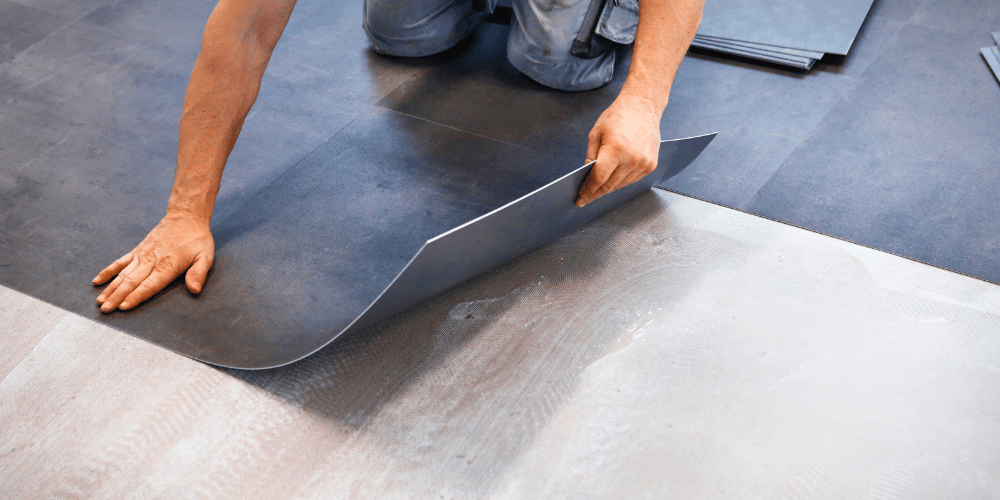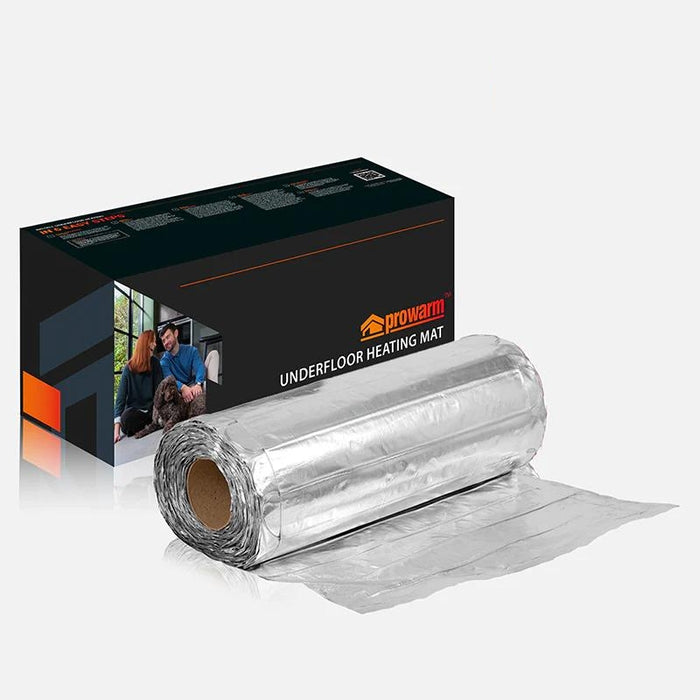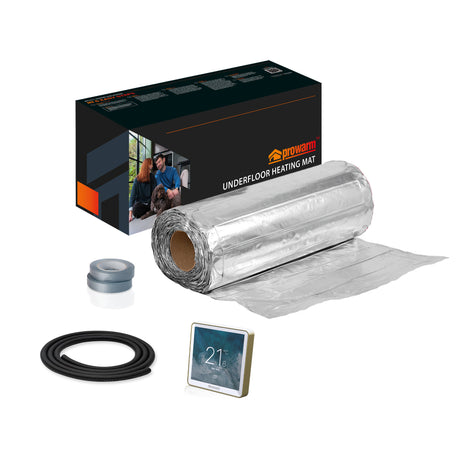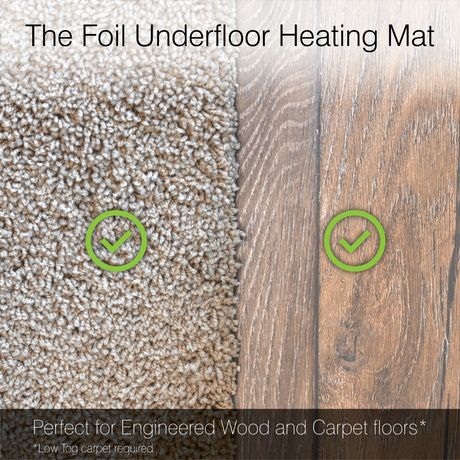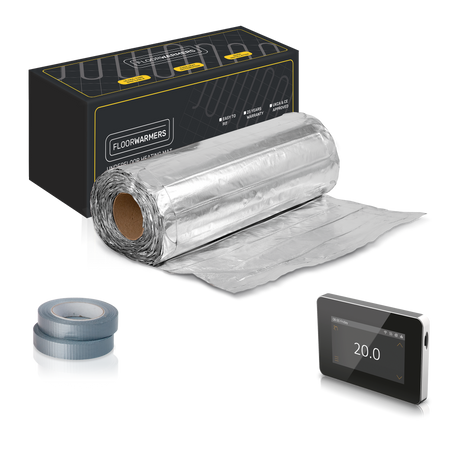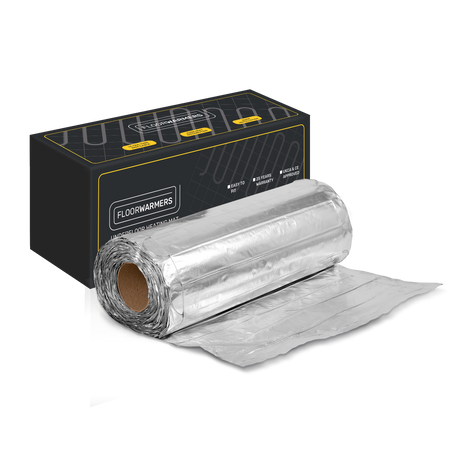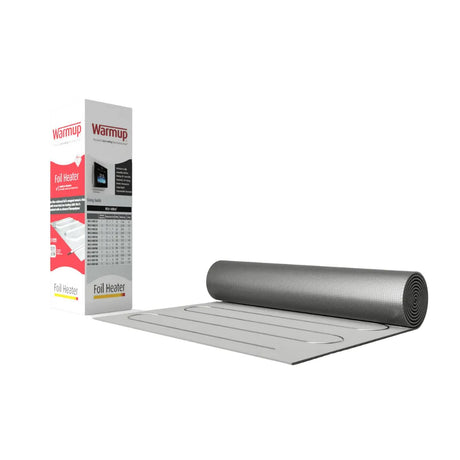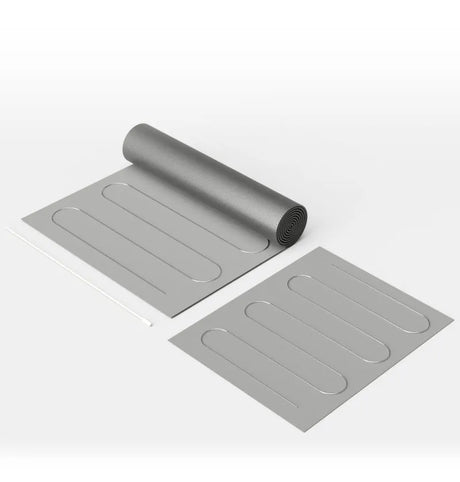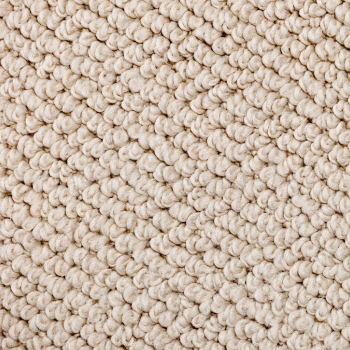Benefits of underfloor heating with vinyl
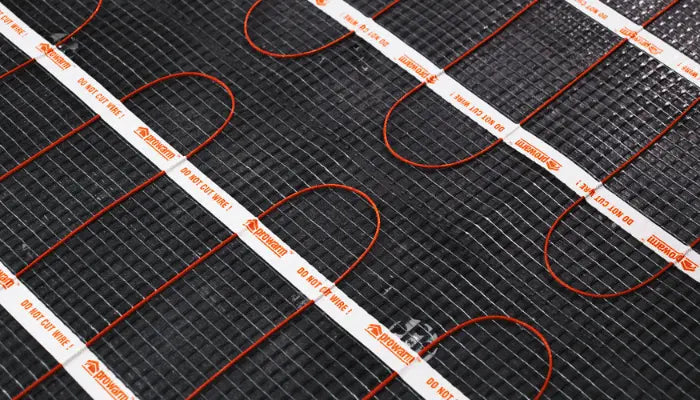
Affordable heating
Vinyl flooring is usually more affordable than materials like stone or tile, and when paired with the energy-saving benefits of underfloor heating, it becomes a highly cost-efficient option to heat any home or business.

Heat distribution
Underfloor heating beneath a vinyl floor provides equal warmth across the entire surface, eliminating cold spots that can occur with traditional heating methods such as radiators.

Energy savings
Due to its good thermal conductivity, vinyl flooring heats up quickly, distributing warmth efficiently and effectively. This reduces the need for high energy consumption and saves money off your bills.
Choosing the right underfloor heating system for tile floors
Room size
The size of your planned heated floor will be a key factor in deciding the best underfloor heating system for your vinyl flooring.
In smaller spaces, such as a bathroom or a kitchen, electric underfloor heating is often the best choice thanks to its easier installation and faster response time.
For larger areas, such as an open-plan living space with vinyl flooring or a vinyl floored conservatory, water underfloor heating is better suited due to its lower running costs over time.
Floor height
The available thickness or height of your floor build-up when using underfloor heating will affect your choice of system.
Electric underfloor heating mats or cables have a lower profile and so are ideal for renovations or minimal addition to your floor height.
Water underfloor heating systems typically have a bigger build up, which adds extra height to the floor. This is an important consideration if your room has low ceilings, doors you want to avoid altering, or if you're concerned about creating uneven floor heights between a room with underfloor heating and one without. Water-based systems are ideal for new builds or when integrated into an extension, where changes to the floor structure are more easily accommodated.
Budget
Your budget will be a key consideration when selecting an underfloor heating system.
Electric underfloor heating has a lower upfront cost and is easier to install, making them a budget-friendly solution for smaller rooms or renovations, however can be slightly more expensive to run over time.
Water underfloor heating has a higher installation cost, but is more cost-effective in the long term due to lower running costs. Running costs can be next to nothing when paired with a renewable energy source such as a heat pump, making it an efficient and sustainable heating solution.
Energy efficiency
If energy efficiency is a priority in your home or project, water underfloor heating connected to a heat pump is often the best choice. This will use less energy to maintain a comfortable temperature.
On the other hand, electric underfloor heating is more suited for areas where quick heating is needed, but will consume more electricity if part of a full-house heating set up. If you have solar panels installed, the cost of electric will be significantly reduced, offsetting the energy consumption with the electricity generated by your renewable energy source, making it a more cost-effective option in the long term.
Best vinyl underfloor heating systems
View allShop by floor type
Frequently Asked Questions
Can you put underfloor heating under vinyl?
Can you put underfloor heating under vinyl?
Yes, you can put underfloor heating under vinyl flooring. Vinyl is an excellent choice for underfloor heating because it has good thermal conductivity, allowing for efficient heat transfer to the surface above. However, it’s important to ensure that the underfloor heating system is properly installed and that the surface temperature does not exceed 27 degrees Celsius to prevent damage to the vinyl.
What underfloor heating is best for LVT?
What underfloor heating is best for LVT?
Underfloor heating foil is best for LVT flooring because it provides even heat distribution across the entire surface of the floor, ensuring consistent warmth and enhancing comfort underfoot - a great appeal for bathrooms and kitchens.
Can you put underfloor heating under Karndean?
Can you put underfloor heating under Karndean?
Karndean can be laid over underfloor heating and is suitable for installation, as long as the system has been insulated so that the surface temperature does not exceed 27 degrees Celsius. By pairing Karndean with underfloor heating, you can enjoy a warm, comfortable environment without compromising the performance or aesthetic appeal of your flooring.

